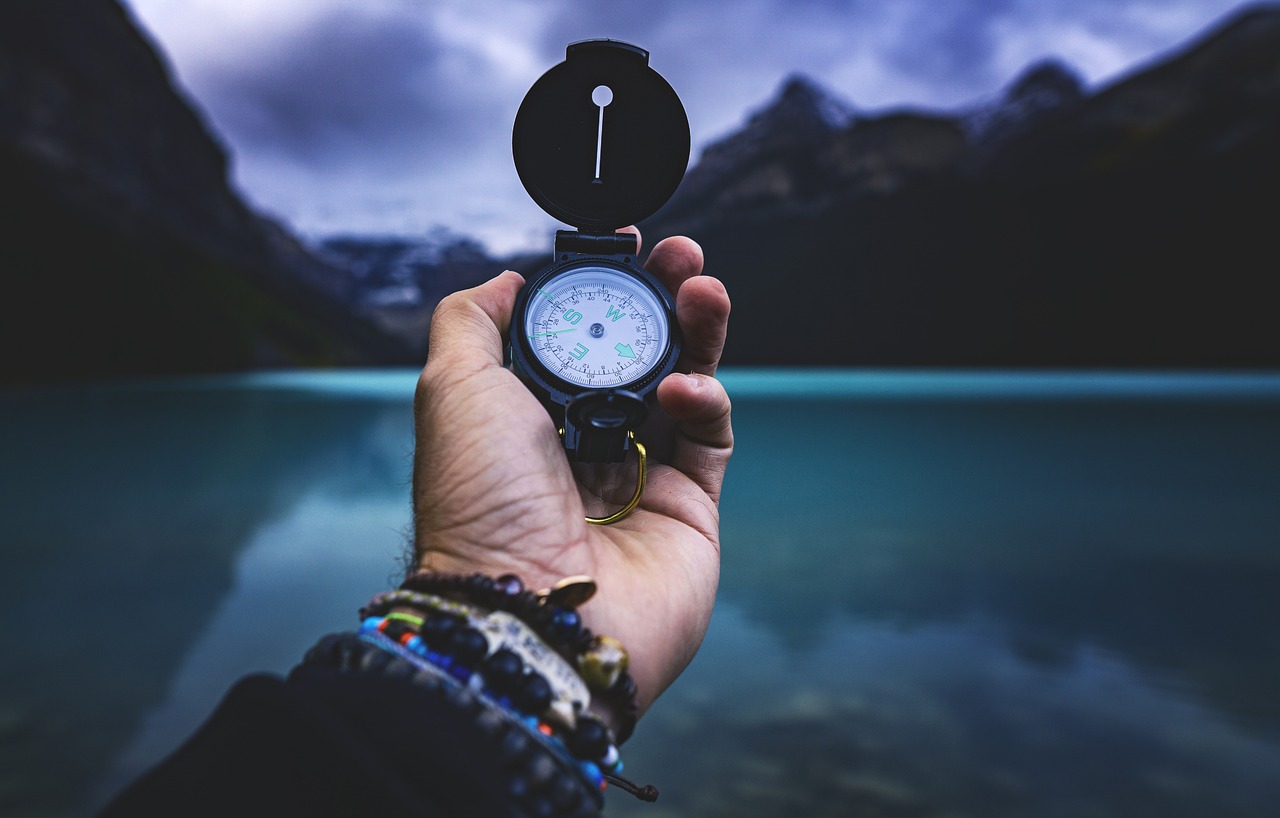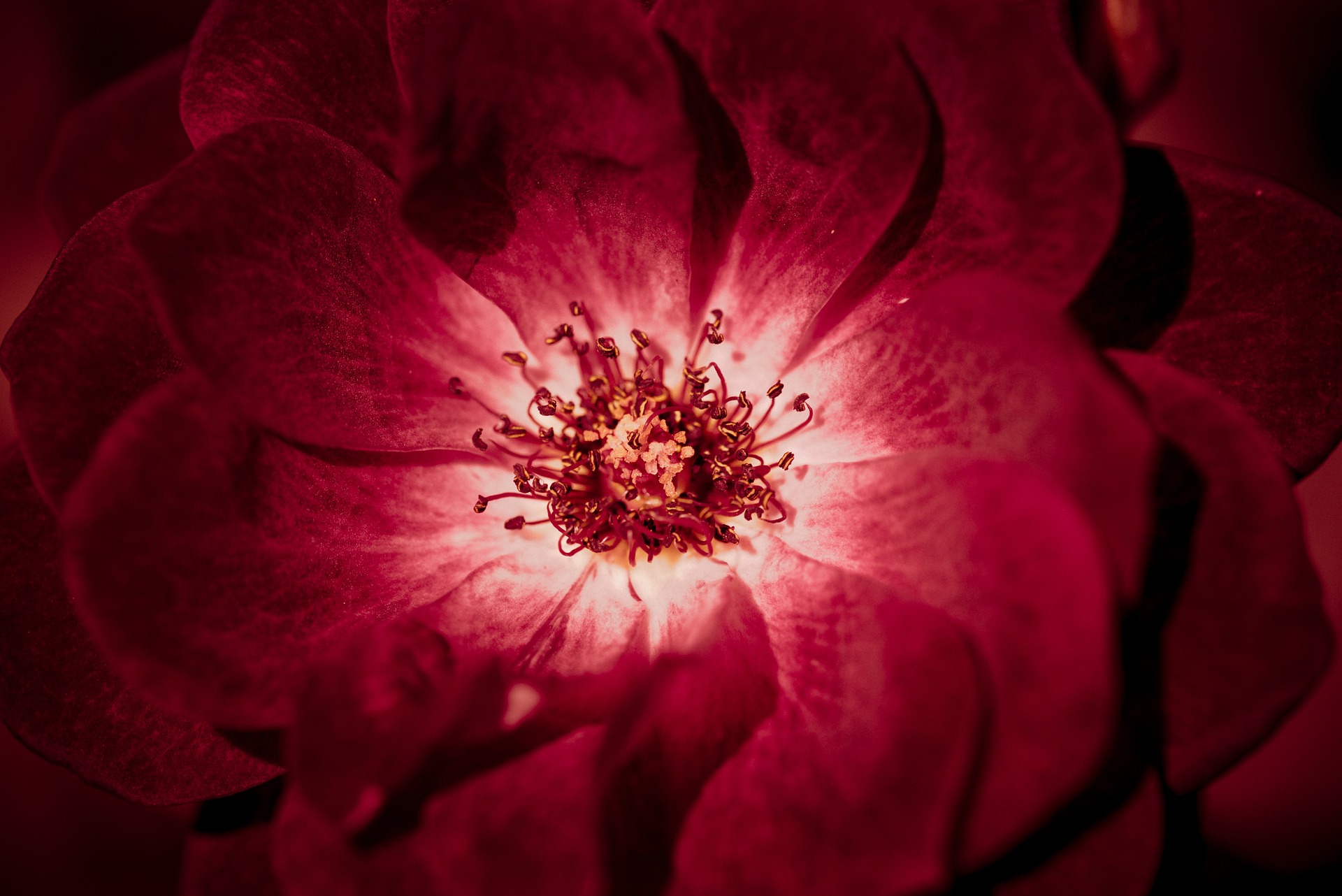2021: My 89-year-old mom had 2 surgeries and a stroke. My 90-year-old dad fell and injured himself. A tropical storm resulted in significant damage our house. Medical diagnoses seemed to be coming in droves throughout my family. And those were just a few challenges that seemed to finally zap me of my energy and my joy. I became numb. I recognized this feeling… I was burned out.
I know I am not alone in thinking that 2021 has felt, in some ways, more challenging than 2020. Thank God for my work. It was my safe haven. It gave me purpose and grounded me in what had felt like a really ungrounded and erratic year.
When burnout is discussed, our inclination is to assume that burnout is about work – too much to do, too little time, not enough resources, etc. But what happens when we burnout within our personal lives and work becomes our saving grace?
The Performance Addiction Model of expectations, perfection and evaluation is highly prevalent in our personal lives. We feel the need to be the perfect spouse, parent, grandparent, friend, neighbor, caregiver to elders, and the list goes on and on. A performance addict can’t fathom letting anyone down, so they will strive and strive in all areas of their personal life to the point where it’s not just unhealthy mentally and emotionally, but physical health can suffer too.
Burnout is not a professional vs. personal thing… it’s a LIFE thing. And it can manifest from any angle. It happens when we lose (or have never developed) healthy boundaries around our responsibilities and commitments. The result is lack of joy in anything we do, regardless of how well our performance is received or how many accolades we stack.
How to Identify Burnout
In burnout, our most cherished activities feel like a burden. What used to feel simple seems incredibly difficult as if we are walking through molasses. You might notice that cooking for your family was something you have always loved, now the thought of it seems unbearable or that trip to the beach you look forward to every year? No thanks.
How to Heal from Burnout
When, as Performance Addicts, we are in burnout, we tend to become solitary, since we need to believe that we don’t need anyone or anything else. OR, we don’t want to “burden” anyone else. It’s hard to show vulnerability because that forces us to admit that we don’t have it together all the time, and that would allow the people around us to realize that we’re not perfect (like they didn’t know that already!).
Healing from Performance Addiction and corresponding burnout, as explained in the Antidote for Performance Addiction, comes from CONNECTION. First, we must connect to ourselves from the inside-out. Get back to the essence of who we really are at the core without outside influence/chatter.
Next, we must connect with others – a coach, therapist, co-worker, trusted family member or friend. It’s egotistical to believe that you never need anyone. We are all sacred beings who are built for connection. It’s what makes us human. When you reach out and have an honest conversation with people who care about you, you will learn that not only will they help, but they want to help.
There’s no need to be ashamed of burnout, and it doesn’t make you a bad or a weak person if your burnout stems from your personal life. It’s estimated that more than 75% of employees experience burnout, so imagine what the statistic would be if personal burnout was included.
As we move into the new year, I am choosing to intentionally set and communicate new boundaries and make a concerted effort to reach out to others for connection, fun, and adventure. It is a relief to be coming back to myself. What will you choose for yourself for 2022?
If you are experiencing burnout – personally, professionally or both, raise your hand and ask for help. And remember that connection and healthy boundaries are the primary avenues to take you out of burnout and back into full living.





